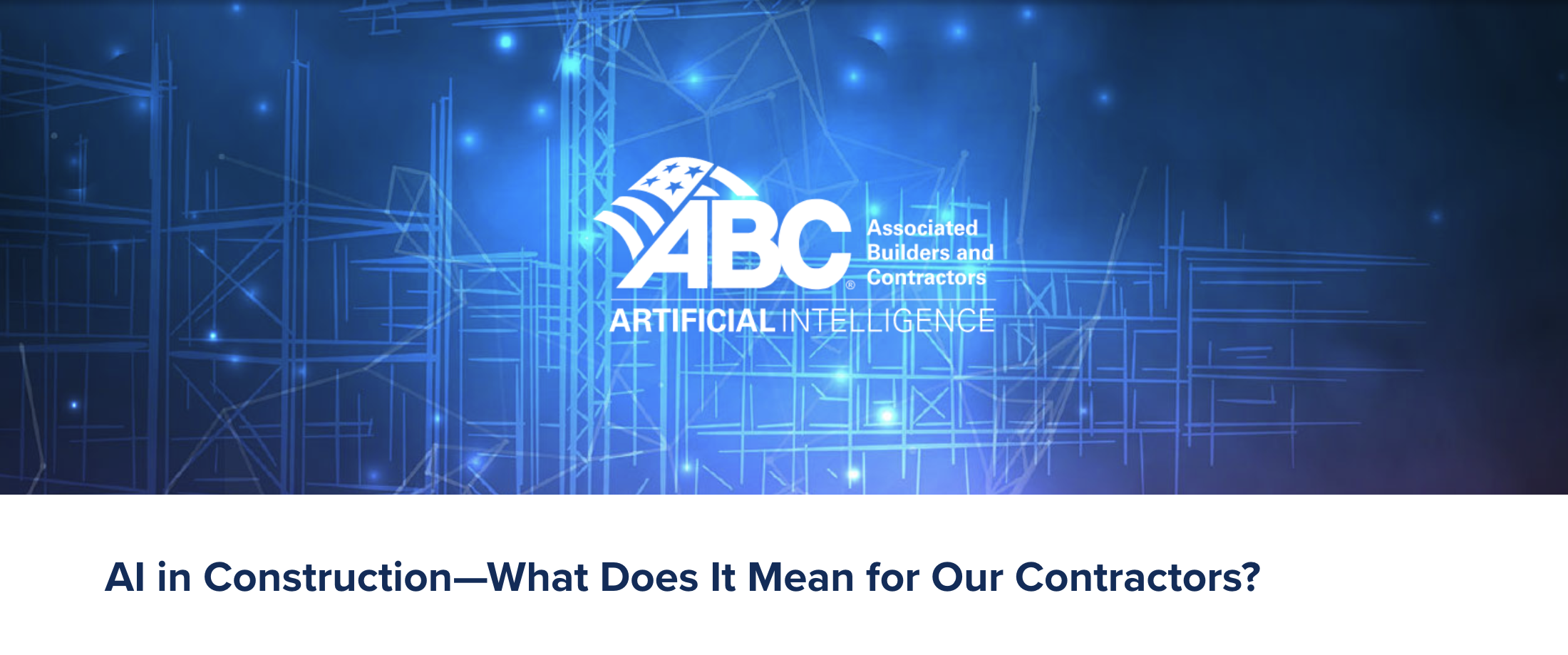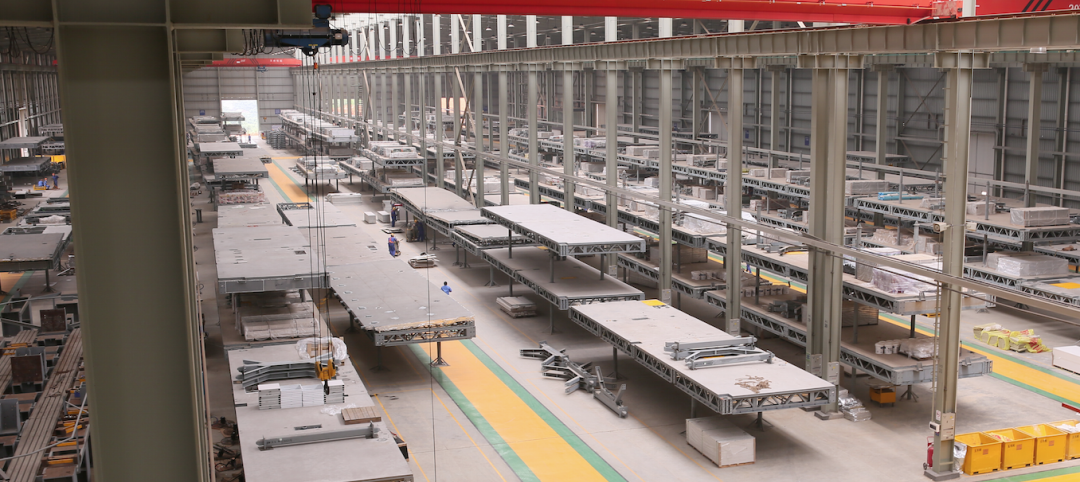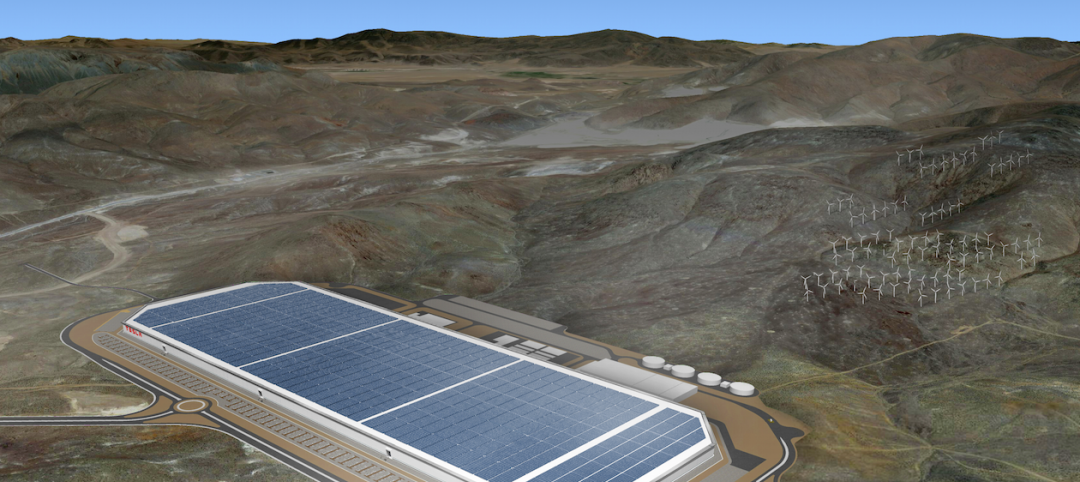Associated Builders and Contractors has released an artificial intelligence (AI) technology guide for the U.S. construction industry. AI in Construction — What Does It Mean for Our Contractors? outlines definitions, construction use cases, and considerations for the implementation of AI in construction.
“The purpose of the guide is to provide a level of knowledge to ensure contractors can be active participants in the construction AI conversation,” according to Associated Builders and Contractors.
The guide describes uses of AI during the construction project lifecycle, including preconstruction, construction, and building maintenance. It also provides definitions of terms such as deep learning and predictive AI, as well as best practices in drafting office AI policies.
“The possibilities of AI technology may sound endless, but we must first educate ourselves on the basics, and this resource is a starting point to understand AI and its potential impact on the construction industry,” said Patrick Scarpati, ABC Director of Construction Technology and Innovation. “The industry has immense opportunities to evaluate how we can better deliver projects, and we can lean on AI in achieving essential goals like upskilling, workforce development, knowledge transfer, supply chain optimization, enhanced safety design and planning, and much more.”
Use cases for AI in construction
The guide offers more than 20 uses cases and project management impacts across preconstruction, construction, and building maintenance, including:
Predictive Analytics: Analyze historical project data and current conditions to optimize construction schedules, resource allocation and task sequencing.
Supply Chain: Throughout the procurement process for self-performing contractors, artificial intelligence will empower the purchasing team to quickly identify availability and best pricing within a certain region.
Contract Review: Empower legal teams to quickly identify critical risk factors in construction contracts
Computer Vision/Intelligent Site Monitoring: Increase safety and security on jobsites. Through machine learning, video footage is trained to detect things like the number of workers entering/exiting the jobsite, workers in proximity of heavy construction machinery and even safety violations, such as the lack of face protection while saw-cutting concrete
Energy Management: Analyze energy usage patterns and optimize HVAC systems to reduce energy consumption and overall costs
Predictive Maintenance: Through the expanded use of building automation and control networks, AI can predict when building equipment is likely to fail, allowing for a proactive response.
According to ABC, “This resource is meant to act as a starting point in your journey to understand AI and its potential impact on the construction industry. By reading through definitions, construction use cases and considerations, the reader should walk away with a level of knowledge to ensure they can actively participate in future conversations on AI in construction.”
Related Stories
AEC Tech | Mar 10, 2016
Is the Internet of Things the key to smarter buildings and cities?
Experts say yes. But what’s needed is a point person who makes sure that sensing devices can “talk” to each other.
Multifamily Housing | Mar 10, 2016
Access and energy control app clicks with student housing developers and managers
Ease of installation is one of StratIS’s selling features.
AEC Tech | Mar 8, 2016
WiredScore offers developers competitive advantage in marketing
Designates best-in-class Internet connectivity.
Game Changers | Feb 5, 2016
London’s ’shadowless’ towers
Using advanced design computation, a design team demonstrates how to ‘erase’ a building’s shadows.
Game Changers | Feb 5, 2016
Asia’s modular miracle
A prefab construction company in China built a 57-story tower in 19 days. Here’s how they did it.
Game Changers | Feb 5, 2016
Tesla: Battery storage is not just about electric vehicles
With his $5 billion, 13.6 million-sf Gigafactory, Tesla’s Elon Musk seeks to change the economics of battery energy storage, forever.
BIM and Information Technology | Jan 27, 2016
Seeing double: Dassault Systèmes creating Virtual Singapore that mirrors the real world
The virtual city will be used to help predict the outcomes of and possible issues with various scenarios.
3D Printing | Jan 25, 2016
Architecture students create new method for 3D printing concrete
The team's Fossilized project allows for structures that are more varied and volumetric than other forms so far achieved.












